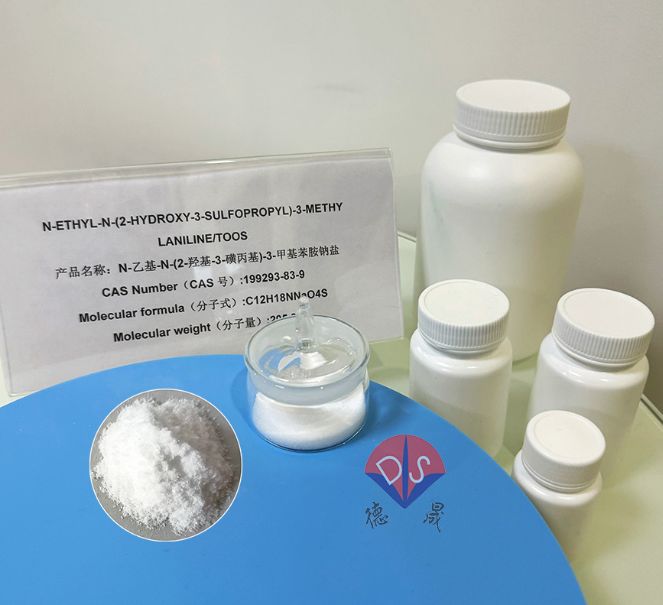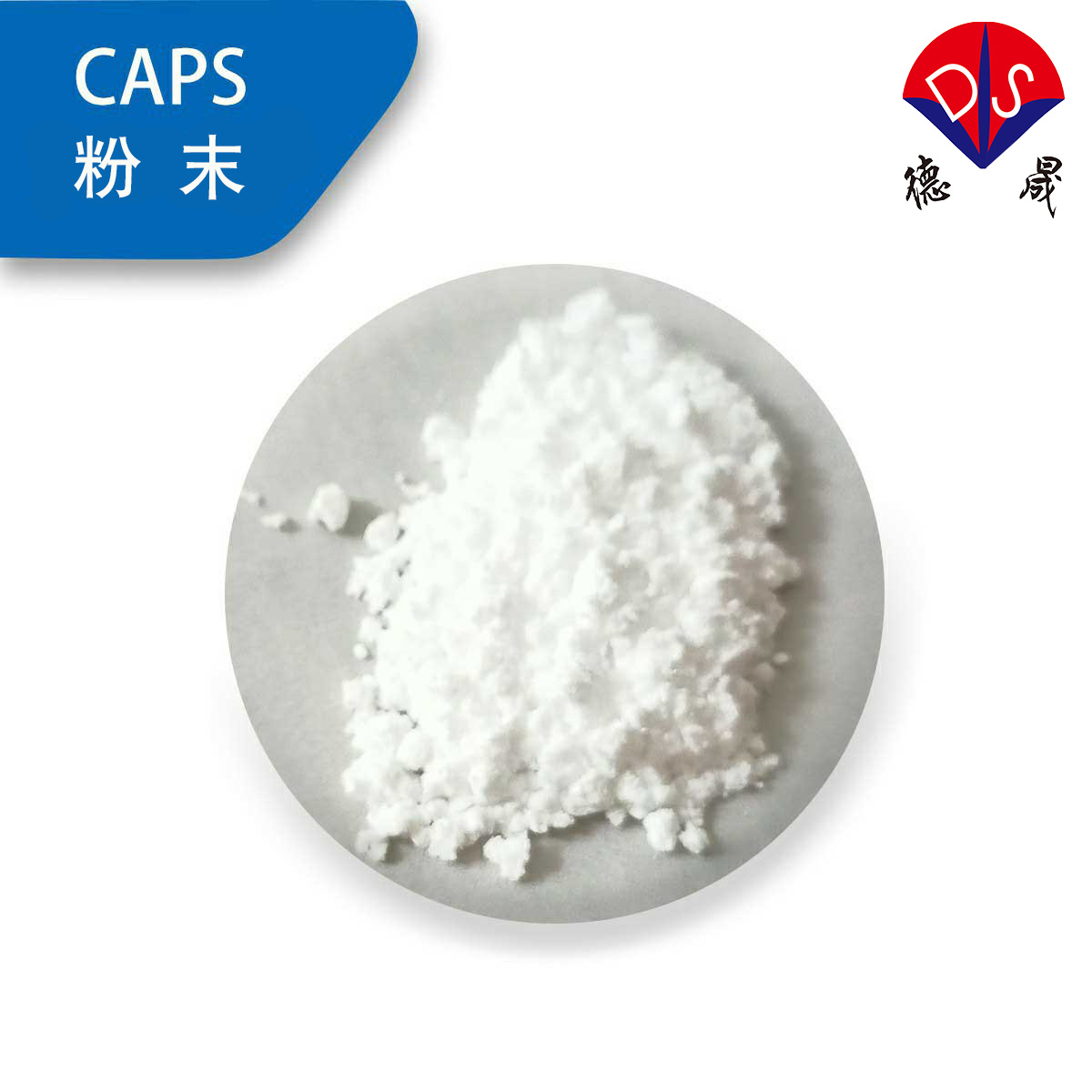Survival rules of IVD enterprises under centralized procurement: from price war to construction of technical barriers
Release time:
2025-10-31
Against the backdrop of deepening medical reforms, the policy of centralized procurement has become a key variable affecting the development of the in vitro diagnostics (IVD) industry. Since 2023, centralized procurement in the IVD field has been fully implemented, with prices of numerous products plummeting significantly from biochemical diagnosis to immunological diagnosis. In 2024, the 28 province IVD procurement led by Anhui Province involved core categories of chemiluminescence reagents such as cancer biomarkers and thyroid function, with an average price reduction of 72%. This phenomenon reflects that the impact of centralized procurement on the IVD industry has penetrated from the periphery to the core, and the original price competition strategy of enterprises is difficult to sustain. Building technological barriers has become the key to breaking through the situation.

The current situation of IVD industry under the impact of centralized procurement
(1) Double decline in revenue and profit, industry faces reshuffle
After the implementation of the centralized procurement policy, the performance of IVD enterprises is generally under pressure. In the first quarter of 2025, among the 60 IVD listed companies on the A-share market, over 70% experienced a year-on-year decline in revenue, and over half of the profits were halved or even lost. Behind this is not only a decrease in product prices, but also factors such as the hospital's procurement volume not meeting expectations and an extended payment cycle. Accounts receivable turnover days exceeding 270 days have become the norm, with a large amount of funds being occupied, seriously weakening the R&D and operational capabilities of enterprises. In the fierce market competition, the survival space of small and medium-sized enterprises is further compressed due to the lack of scale advantages and cost control capabilities.
(2) The price war is unsustainable, forcing companies to transform
In traditional niche markets such as the field of biochemical diagnosis, with mature technology, high localization rate, and a large number of enterprises, they are already deeply mired in price wars before centralized procurement. After centralized procurement, price competition becomes increasingly fierce, and profit margins are compressed. But the strategy of solely relying on price reductions to gain market share has come to an end, and companies need to find new survival paths. Some companies have begun to try to cope with price pressure by optimizing their supply chains and reducing production costs, but this can only alleviate the situation temporarily and cannot fundamentally solve the problem. To achieve development, enterprises need to break free from dependence on price competition and transform towards technology innovation driven transformation.
The Importance of Building Technological Barriers
(1) Breaking through the price constraints of centralized procurement
Under the centralized procurement rules, product prices are constrained by both cost and market competition. Enterprises with core technologies can take the initiative in price negotiations by reducing costs and improving product performance through technological innovation.
(2) Enhance product differentiation competitiveness
The IVD market has serious product homogenization, especially after centralized procurement, where product prices tend to converge and differentiation becomes the key to enterprise competition. Through technological innovation, enterprises can develop products with special performance to meet diverse clinical needs.
(3) Enhance the enterprise's ability to resist risks
The fluctuation of the situation and unstable supply of raw materials have increased the operational risks of IVD enterprises. Enterprises that master key technologies can replace imported raw materials through independent research and development, and build independent and controllable supply chains. For example, some companies break free from dependence on imported raw materials and reduce external risks by independently developing bioactive raw materials such as antibodies and enzymes. The construction of technological barriers can enhance the stability and risk resistance of enterprise supply chains, ensuring the long-term stable development of enterprises.
Strategies for IVD Enterprises to Build Technological Barriers
(1) Increase R&D investment and focus on breakthroughs in core technologies
Research and development investment is the foundation of technological innovation. IVD companies should increase the proportion of research and development funds, with a focus on cutting-edge fields such as immunodiagnosis and molecular diagnostics. In terms of chemiluminescence technology, improving detection sensitivity, specificity, and detection speed, as well as shortening detection time, are currently the focus of research and development. At the same time, enterprises should pay attention to industry university research cooperation, establish long-term cooperative relationships with universities and research institutions, and accelerate the transformation of technological achievements.
(2) Strengthen independent research and development of raw materials, and gain control over upstream industries
Independent research and development of raw materials is a key link in building technological barriers. IVD reagents have high requirements for raw material quality and performance, and traditional purchased raw materials have problems such as high prices, unstable supply, and large batch differences. Enterprises should establish independent raw material development platforms to achieve self-sufficiency in key raw materials such as antibodies and enzymes. Through independent research and development of raw materials, enterprises can reduce costs, improve product consistency and stability, and gain control over the upstream of the industry.

In the context of normalized centralized procurement, IVD enterprises need to abandon traditional price war thinking and shift their development focus to the construction of technological barriers. By increasing research and development investment, strengthening independent research and development of raw materials, creating differentiated product combinations, and emphasizing talent cultivation, enterprises can enhance their core competitiveness, break through the constraints of centralized procurement policies, and achieve development. As an upstream IVD reagent raw material manufacturer, Hubei Xindesheng can provide a variety of raw material products covering biological buffering agents, luminescent reagents, enzyme preparations, and other categories, such as commonly used reagents such as HEPES, luminol, acridine ester, TOOS, etc. Relying on mature production processes and strict quality control systems, its products have high purity and good batch stability, and can adapt to various technical platforms such as chemiluminescence, enzyme-linked immunosorbent assay, and biochemical diagnosis. The company is equipped with a professional technical team to provide flexible supply ranging from grams to kilograms, providing stable raw material support and technical services for IVD reagent production enterprises. If you have any purchasing needs, please feel free to contact us at any time!
Previous page
Previous page
News
Contact details
Contact number
Address: C8, Guanggu United Science and Technology City, Ezhou City, Hubei Province
Fax:0711-3704 589
Follow us



